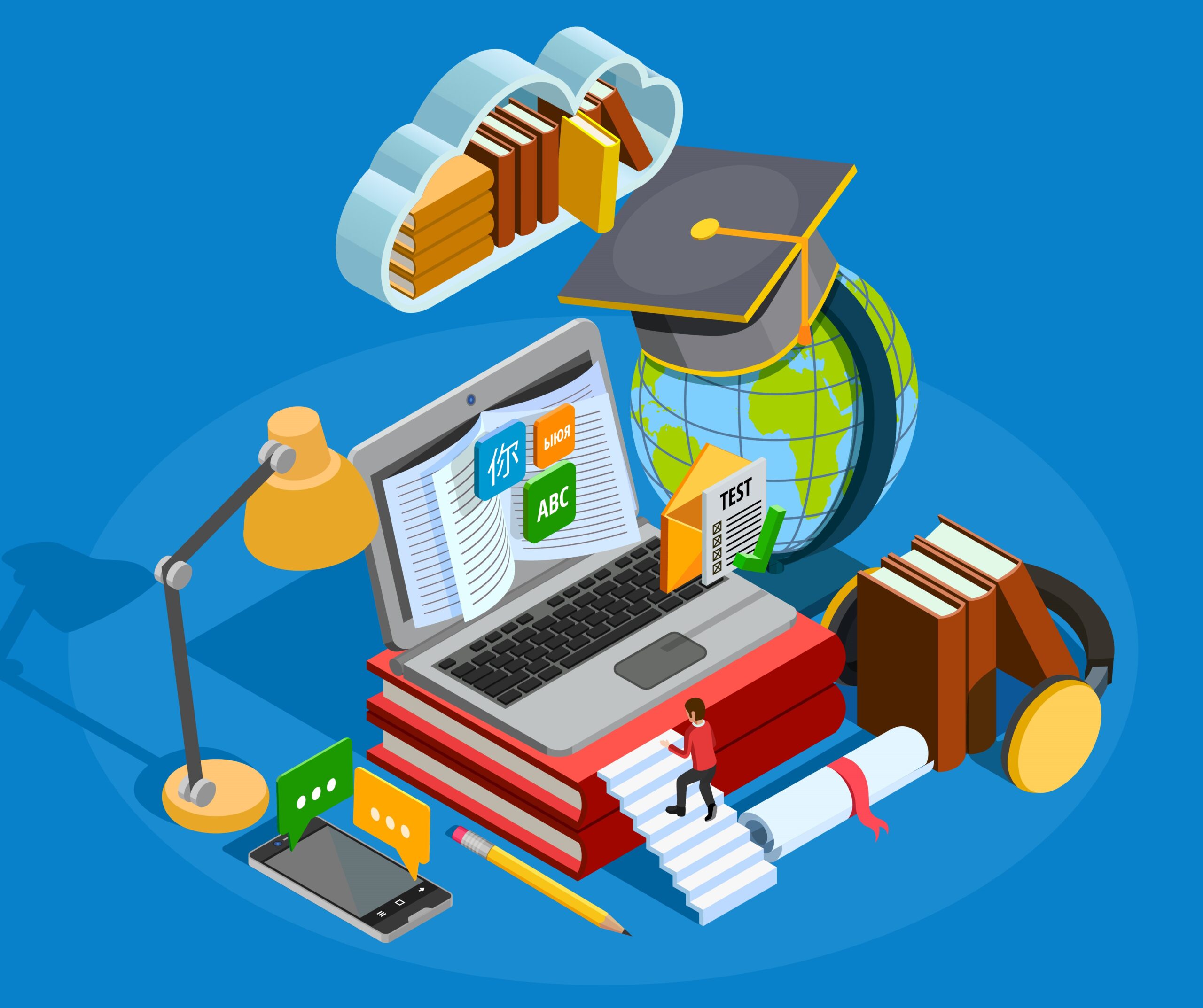In recent years, we have witnessed a significant shift in the way students access and interact with educational materials. E-textbooks and digital educational content have become increasingly prevalent in schools and universities, reshaping the future of learning. Technological advancements, cost-effectiveness, and the demand for more flexible and interactive learning experiences drive this transformation.
Technological Advancements
One of the primary drivers behind the growing popularity of e-textbooks and digital educational content is the continuous advancement of technology. As smartphones, tablets, and e-readers become more powerful and ubiquitous, students can access their course materials from anywhere with an internet connection. This convenience has made learning more flexible and adaptable to students’ schedules and preferences.
Furthermore, technological advancements have paved the way for multimedia-rich educational content. E-textbooks now incorporate videos, interactive simulations, animations, and audio elements, providing a more engaging and immersive learning experience. This dynamic approach to learning can cater to various learning styles and preferences, making education more inclusive and effective.
Cost-Effectiveness
Another compelling reason for the expansion of e-textbooks is their cost-effectiveness. Traditional printed textbooks can be expensive, with publishers incurring production, distribution, and storage costs. Digital publishers produce and distribute e-textbooks digitally over the internet, which is a fraction of the cost of traditional textbooks. This cost-saving aspect benefits both educational institutions and students, as it reduces the financial burden associated with purchasing physical textbooks.
Digital publishers update and customize digital content easily, saving students the cost of buying new editions of textbooks every few years. This adaptability ensures that students have access to the most current and relevant educational materials without incurring additional expenses.
Personalized Learning Opportunities
E-textbooks and digital educational content offer a wide range of personalized learning opportunities. Students can access a vast library of resources, including supplementary materials, practice quizzes, and interactive exercises, tailored to their specific needs and learning goals. This adaptability allows learners to progress at their own pace, revisit challenging concepts, and explore additional content beyond the standard curriculum.
Moreover, digital platforms can track students’ progress and performance, providing valuable insights to educators. Teachers can identify areas where students may need extra support and tailor their instruction accordingly. This data-driven approach to education enhances the overall learning experience and contributes to better educational outcomes.
Challenges and Considerations
Educators need to address several challenges to integrate e-textbooks and digital educational content successfully into education. These challenges include:
- Access for all: Ensuring equitable access to digital learning resources, especially in underserved and remote areas, remains a challenge. Educators and policymakers should make efforts to bridge the gap between those who have access to technology and those who don’t by providing all students with affordable devices and internet connectivity.
- Privacy and data security: Protecting students’ personal data and privacy in digital learning environments is crucial. Robust data security measures and privacy regulations are necessary to safeguard sensitive information.
- Teacher training: Educators need adequate training and professional development to effectively integrate digital content and technologies into their teaching methods.
- Content quality: Maintaining the quality and accuracy of digital educational content is essential. Content creators and publishers must adhere to rigorous standards to ensure the reliability of digital materials.
- Digital literacy: Students must develop digital literacy skills to navigate and utilize digital resources effectively. Educational institutions should incorporate digital literacy into their curricula.
Conclusion
The future of e-textbooks and digital educational content is promising, driven by technological advancements, cost-effectiveness, and personalized learning opportunities. As educational technologies continue to evolve, it is essential to address challenges related to access, privacy, teacher training, content quality, and digital literacy to ensure that all students can benefit from these innovative learning resources. Embracing digital education can pave the way for a more accessible, engaging, and effective learning experience for learners of all ages.

